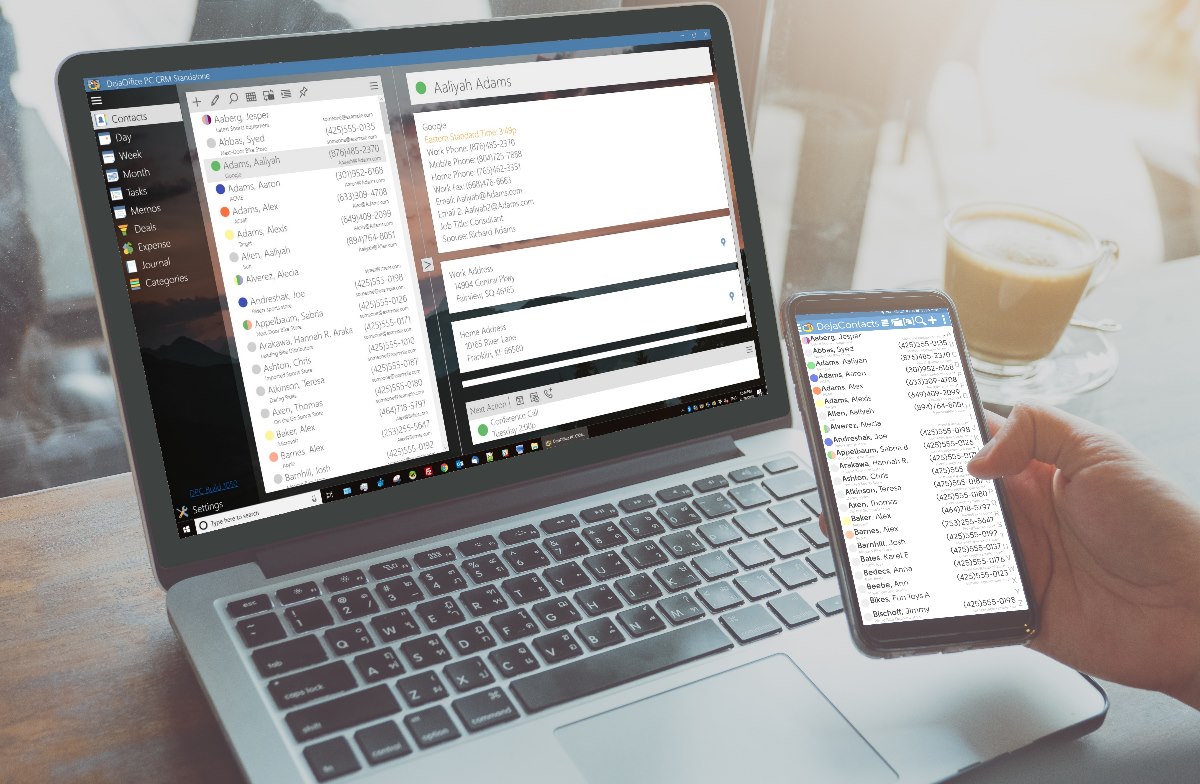Mobile application testing is evolving with the rapid development in mobile technology. The device manufacturers are coming up with new features and new operating system versions. All the new features and functions are creating challenges for the testers to perform functional testing and non-functional testing. Let’s have a look at some of the challenges that the testers face while testing an app.

Context Awareness
Context can influence the operation of an app or its functions with data from its environment. Applications can be in different contexts with different data which creates a problem in the entire testing process. Also, smartphones rely on constantly changing environments and usage patterns that impact the context.
Security Issues
When it comes to testing an app on cloud-based devices, private cloud is much more secure rather than the public cloud. A secure private cloud will have an extra layer of enterprise-level security. Although the public cloud is also safe to use for testing the apps, the better option is to go for private cloud to avoid any high-level data breach.
Operating System versions
OS fragmentation is an issue that worries most of the testers. Apple has launched iOS 13 and that means that the new apps need to be compatible with the currently popular versions including 10, 11, and 12. Although when it comes to Android, the problem is much severe. Android has 29 API levels and at least 9 API levels are still widely used by the users. There is a great percentage of users who still use Android 6. So the testers need to make sure that all the functionalities work fine on all the devices irrespective of the OS version.
Device Screen Sizes
The mobile device manufacturers are upgrading their screen technology and coming up with larger and better screens. There are devices with different screen sizes like 5, 5.5, 6, 6.3, 6.5 inches, etc. This creates problems for testing as the app should be tested on a variety of devices to be compatible with different screen sizes. Now there are foldable devices in the market which means there is a need to test the app for foldable screens too.
Parallel Testing
Enterprises are looking to automate most of the testing to increase productivity. Although parallel testing is not practiced in most of the cases. It means that the test scripts are not executed on multiple devices all at once. Users can test a device with an Android operating system, and a device with an iOS running on it at the same time to maximize the test coverage.
Conclusion
It is required to perform mobile testing at a scale to assure quality. Users can connect with tens or hundreds of devices using appropriate tools. It’s better to record the test script and run it on multiple devices using the right automation testing tool. Users can also opt for a performance testing tool to simulate network condition. If required then use a load testing tool to test the functions for performance under difficult conditions. This enables users to expand test coverage.